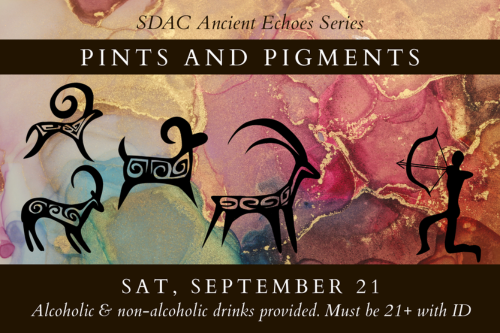
2nd Saturday Lecture Screenings
October 12 @ 10:30 am - 2:00 pm
Join us every 2nd Saturday of the month for two screenings of our Living Room Lectures by archaeologists, experts, and authors. Lecture screenings start at 10:30 AM and 12:30 PM and are included with museum admission. No reservations needed. Seating is first come, first served.
10:30 AM – Hominins, Hyenas, and Lions: Zooarchaeological Evidence for Meat Eating by Oldowan Hominins by Jennifer Parkinson
The shift to increased meat consumption is one of the major adaptive changes in hominin dietary evolution and likely had important repercussions for the behavior of our early hominin ancestors. Meat-eating by hominins is well documented at Early Pleistocene (Oldowan) archaeological sites in East Africa by butchery marks on bones. While it is established that Oldowan hominins butchered mammal carcasses, there has been disagreement about whether these carcasses were hunted or scavenged, as well as disagreement about the nature of competition between hominins and large carnivores. The 2-million-year-old zooarchaeological assemblage from Kanjera South (Kenya) offers some of the earliest evidence of routine butchery of mammal carcasses by early members of the genus Homo. Bone surface modifications indicate that hominins were likely not passively scavenging from carnivore kills, but instead gaining early access to prey either through hunting or confrontational scavenging. Modern studies of lion feeding ecology are also shedding additional light on the potential for hominin-carnivore competitive interactions in the past.
12:30 PM – 21st-Century Historical Archaeology and the Next Generation of Community Engagement at the Nathan Harrison Site by Dr. Seth Mallios
This talk examines how the archaeology at the Nathan Harrison Site has inspired a new generation of muralists, historians, playwrights, and others to create innovative works and continued relevance for Harrison’s evolving narratives. It offers an overview of the project, a brief biography of San Diego’s first African American homesteader, an explanation of his dual identity, code-switching, and historical minstrelsy, and a discussion of the project’s case for significance beyond the dig including public exhibits, educational curricula, and creative arts.

